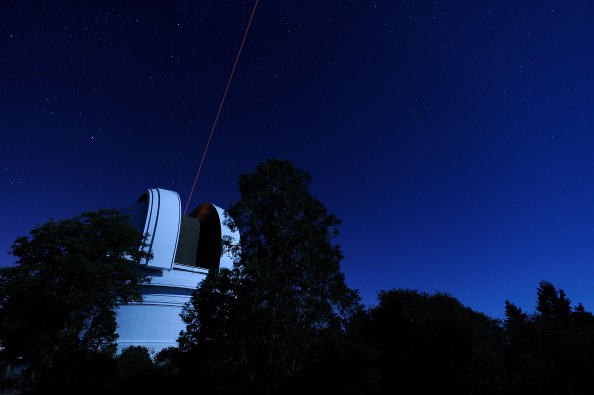
This week, the University of Arizona's Steward Observatory Mirror Lab began to work on the sixth of seven mirror segments of the Giant Magellan Telescope (GMT). The 8.4-meter mirror joins five of the world's most gigantic mirrors previously cast for the Giant Magellan Telescope, one of the world's largest and most anticipated giant telescopes.
The Giant Magellan Telescope
According to SciTechDaily, the Giant Magellan Telescope will allow astronomers to see further into the universe with more detail than any other optical telescope before. The sixth 8.4-meter (27.5 feet) mirror is about two stories high when standing on edge - is being fabricated at the University of Arizona's Richard F. Caris Mirror Lab and will take nearly four years to complete.
Project Manager of the Giant Magellan Telescope, James Fanson, said that the telescope's essential part is its light-collecting mirror. "The larger the mirror, the deeper we can see into the universe, and the more detail we can observe." Fanson added that the telescope's unique primary mirror design consists of seven of the world's most gigantic mirrors.
Fanson continued that casting the sixth mirror is a huge step towards completion. Once the Giant Magellan Telescope is operational, the telescope will produce images ten times sharper than the Hubble Space Telescope. "The discoveries these mirrors will make will transform our understanding of the universe," says the Giant Magellan Telescope Project Manager.
Giant Magellan Telescope Mirror Making Process
According to Businesswire, that the process of casting the Giant Magellan Telescope at Arizona's Richard F. Caris Mirror Lab involves nearly 20 tons of high-purity, low-expansion, borosilicate glass (called E6 glass) into the world's only spinning furnace designed to cast giant mirrors for telescopes.
At the peak of the melting process, the furnace spins at five revolutions per minute, heating the glass to 1,165 degrees Celsius (2,129 F) for approximately five hours until it liquefies into the mold. The peak temperature event is called "high fire" and will occur on March 6, 2021.
The mirror then enters a one-month annealing process where the glass is cooled while the furnace spins at a slower speed to remove internal stresses and toughen the glass for the Giant Magellan Telescope. It takes another 1.5 months to cool to room temperature.
This "spin cast" process gives the mirror surface its unique parabolic shape. Once cooled, the mirror will be polished for two years before reaching an optical surface precision of less than one-thousandth of the width of a human hair or five times smaller than a single coronavirus particle.
EndGadget reports that manufacturing a single glass segment takes about four years to complete. In 2019, the University finished work on Giant Magellan Telescope's second mirror. That one is now in storage, waiting to be transported to Chile.
While the project broke ground in 2015, it would not be complete until later in the decade. But once it is done, the world's largest telescope will able to capture images that are ten times clearer than those produced by the Hubble Space Telescope.
The mirror casting is considered a marvel of modern engineering and is usually celebrated with a sizeable in-person event with attendees from all over the world. However, with Covid-19 still on high alert worldwide, work on the sixth mirror began behind closed doors to protect the health of the 10-person casting team at the lab.
Related Article: Famed Arecibo Telescope Collapses: People Mourn as Earth Now More Vulnerable to Space Rocks
This article is owned by Tech Times
Written by: Luis Smith









